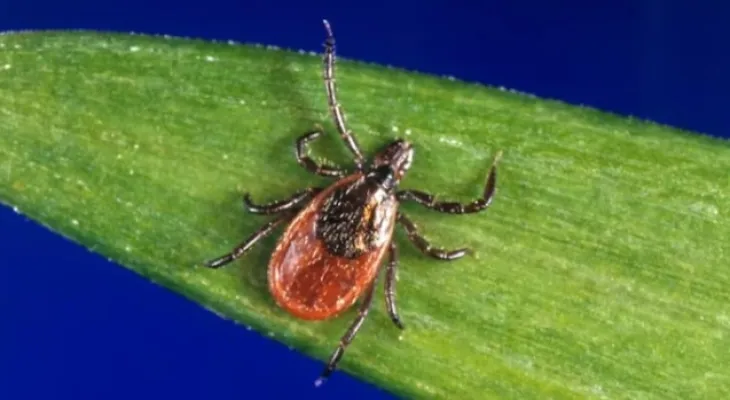Search here
Newspaper
Search here

Arab Canada News
News

Published: October 10, 2023
Medical tourism has been attracting foreigners to Mexico for decades, but the appeal is no longer limited to breast augmentation, porcelain veneers, and rhinoplasty.
Clinics now specialize in alternative treatments for chronic and life-changing illnesses such as cancer, diabetes, and increasingly, Lyme disease.
In the case of Lyme, interventions include things like hyperthermia (which induces a fever aimed at killing the bacteria associated with Lyme), stem cell therapy, extended antibiotic use, and plasmapheresis (plasma exchange).
For her part, Marnie Freeman from Vancouver said she was diagnosed with Lyme disease in 2019 through a German lab after her Canadian tests came back negative. The symptoms she was experiencing, including facial numbness and chronic pain, drove her to seek treatment in Mexico.
The 56-year-old woman traveled to the Sanoviv Medical Institute in Rosarito, south of Tijuana, where she spent two weeks and paid CAD 29,000 for treatment (hyperthermia and intravenous antibiotics) in addition to food and accommodation.
Her symptoms then improved, and the clinic staff urged her to continue treatment for another six months, but she declined.
Lyme disease is caused by the Borrelia burgdorferi bacteria, which are transmitted by infected nymphs and adult females of a small number of soft-bodied tick species. The tick primarily responsible for Lyme disease is the black-legged tick.
The Canadian protocol for Lyme disease also includes an initial test to determine whether an individual is infected or not, followed by a course of antibiotics lasting up to three weeks.
The Canadian Ministry of Health does not track the number of people who choose to seek medical treatment outside the country, but the Canadian Broadcasting Corporation spoke with two Lyme treatment clinics south of the border that say the majority of their patients are Canadians.
In a statement, Omar Morales, founder of Lyme Mexico, a clinic in Puerto Vallarta that specifically treats Lyme disease, said most of his patients are from British Columbia, Ontario, and Alberta.
Morales added in his statement that it is unfortunate there is a significant gap in addressing tick-related disorders worldwide, particularly in Canada. Many doctors there, as in Australia, fail to recognize this disease or take it seriously.
Infectious disease physician Lenora Saxinger in Canada said that tick epidemiology is tracked by monitoring infected ticks and human cases using validated testing.
Saxinger said that if alternative medical practitioners diagnose Lyme disease with vague symptoms and no clear exposure risk, using unverified tests, it is not surprising they claim Canada is missing cases.
The disease is on the rise...
Saxinger stated that the Canadian protocol for treating Lyme disease is scientifically supported, and although some individuals may experience persistent symptoms after taking antibiotics, alternative treatments offered abroad may not address their symptoms and could have negative side effects.
Saxinger, who is also an associate professor at the University’s Faculty of Medicine and Dentistry, added, "This makes me feel very sad, as I think about how terrible the situation has become where the lives of these people are entirely immersed in this process." Alberta.
There were 17,080 reported cases of Lyme disease across Canada between 2009 and 2022. While these numbers are likely lower than reality, they have significantly increased in recent years, according to data from the Public Health Agency of Canada (PHAC).
In 2009, only 144 cases of Lyme were reported in Canada. By 2021, that number had risen to 3,147 for that year.
Comments